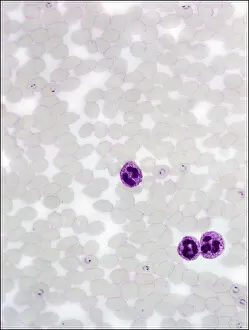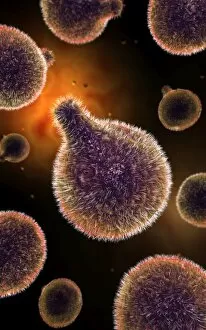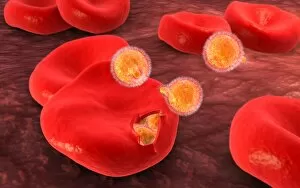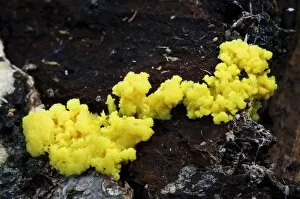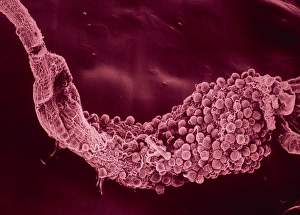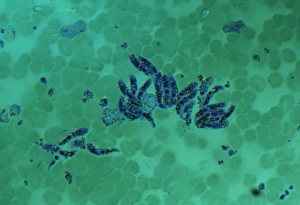Plasmodium Collection
"Unveiling the Intricate World of Plasmodium: The Malarial Parasite" Plasmodium sp
All Professionally Made to Order for Quick Shipping
"Unveiling the Intricate World of Plasmodium: The Malarial Parasite" Plasmodium sp. , a microscopic parasite responsible for causing malaria, is a fascinating yet dangerous organism. In this conceptual image, we witness the profound impact on human health. The intricate illustration showcases the lifecycle within red blood cells, highlighting its ability to invade and multiply. As we delve deeper into this captivating world, picture No. 10887213 reveals another aspect of plasmodium's existence - its presence in dogs' vomit slime-mould (Fuligo septica var. Flava) during its plasmodium stage. This unexpected encounter reminds us that nature holds many surprises and connections between different organisms. Moving back to the main focus, an artwork depicting the malaria infection cycle provides insight into how plasmodium spreads from person to person through mosquito bites. These tiny parasites transform our bloodstream into their breeding ground, leading to severe symptoms if left untreated. The malria spores captured in a conceptual image remind us of the urgency in combating this disease as they circulate within our bloodstreams. It serves as a stark reminder that prevention and treatment are crucial steps towards eradicating malaria globally. These visual representations shed light on the complex nature and its role in causing malaria infections. By understanding more about this malarial parasite, we can strive towards developing effective strategies for prevention and ultimately saving lives worldwide.

